‘Social distancing’ was the motto of 2020. However, with around 90 per cent of Australia’s population crammed into 0.22 per cent of Australia’s landmass, perhaps in 2021 we should start thinking about ways we could decentralise the Australian population.
In less than a week, on Australia Day, we’ll be singing “We’ve golden soil and wealth for toil”. Now is the perfect time to be contemplating not just why don’t we do more with it, but how.
In 1901, one-third of Australia’s population lived in the capital cities, today that percentage has doubled. Australia is big, 32 United Kingdoms big. Australia is only slightly smaller than the United States (it’s 1.2 times larger than the 48 contiguous states). Yet Australia only has 19 cities with over 100,000 people while the states have 310.
Many assume inland Australia is little more than a 40 degree, red wasteland and use that idea as an excuse for our failure to expand. But they are not giving Australia the credit it deserves. While arid and semi-arid regions may account for 70 per cent of Australia’s landmass, 30 per cent of Australia is both fertile and habitable. That’s still larger than Spain, France, Germany, Sweden and Norway combined.
Even Australia’s most arid regions are far from uninhabitable. In the USA, the greater Las Vegas area, receives less than half the annual rainfall of Alice Springs, yet has a population of over 2.2 million people.
So how can we make sure that the many towns in the bush, ripe for expansion, aren’t left in the dust by our big cities?
A ‘zonal’ income and corporate tax scheme would prompt people and businesses to move to regional Australia, and could solve regional Australia’s people problem. This scheme would slash taxes for people and companies living or operating in regional areas, attracting both new people and more investment.
Lawmakers could determine tax reductions along a scale with 3 or 4 categories for ‘remoteness’ based on population density, accessibility to services, and distances to larger population centres. The most remote towns and regions would receive the highest reductions on tax, and the least remote areas, such as regional cities and hubs, would enjoy a smaller tax cut.
As regional areas grow and develop, they would eventually shift into ‘less remote’ tax bands, to continue incentivising growth in the most disadvantaged and remote regions.
Lower income taxes would spur population growth in the regions. While regional jobs pay less than jobs in the big cities, with a reduced tax rate tax and lower housing prices, rural areas would inevitably become much more attractive.
Lower corporate taxes would promote industrial growth in the regions, and could prompt the return of manufacturing to Australia. Small businesses would thrive, creating more well paid and attractive career options in the regions. Small regional branches of larger businesses would pop up and remain viable, stemming the sad trend of businesses cutting services to small towns.
Growth in regional Australia would allow us to manifest our destiny with the creation of inland cities and hubs, akin to America and Europe. A chain of well connected regional cities with 200,000 to 400,000 people would finally give people in the bush access to major services without needing to drive 6+ hours to a state capital.
Residents of our big cities would see significant cuts in housing prices as urban housing demand drops and cities are forced to compete for people.
Additionally, cutting taxes to rural Australia would solve serious inequities between city folk and country folk. Regional Australians pay the same taxes as those living in the inner city, but big cities receive the lion’s share of services and government expenditure — from new tram lines to fancy sport stadiums.
Towns in the bush have worse access to healthcare, worse education opportunities, less policing, and other government services. As a consequence of the lack of services, not only are towns dying but so are people. People in ‘very remote’ regions die at 2.5 times the rate of people in major cities.
While a zonal taxation scheme does come with potential weaknesses, such as individuals and corporations trying to fake addresses to dodge tax, shrewd policymakers can write the tax code to avoid these issues. The benefits of such a system would outway any risk or immediate costs.
Australia has waited too long for a regional development plan. In a time of economic uncertainty, a bold zonal taxation scheme might just be what revives our economic development.
Pavel Pfitzner is a research associate for the Country Chapter of the Australian Taxpayers’ Alliance.
Got something to add? Join the discussion and comment below.
Get 10 issues for just $10
Subscribe to The Spectator Australia today for the next 10 magazine issues, plus full online access, for just $10.

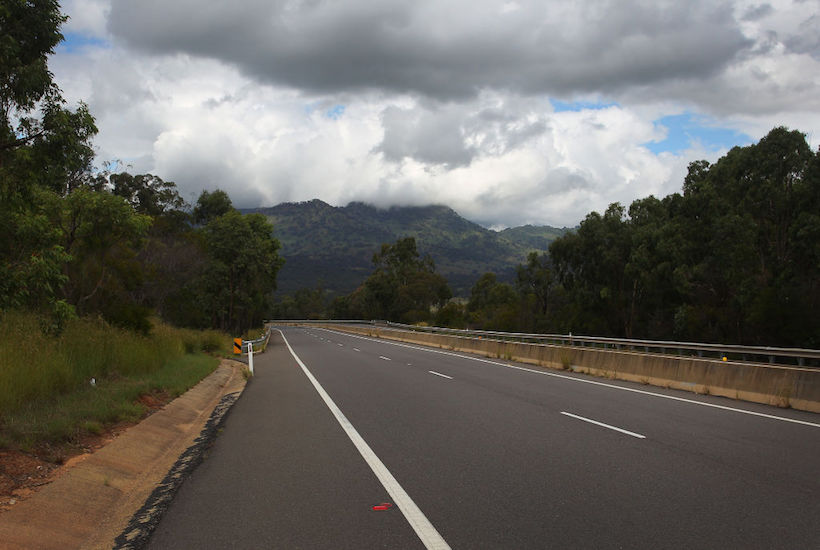

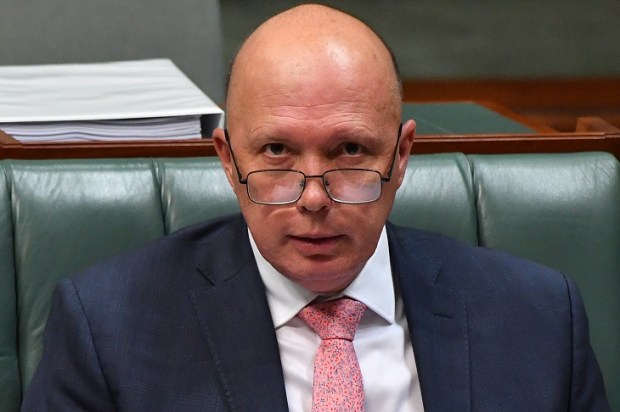




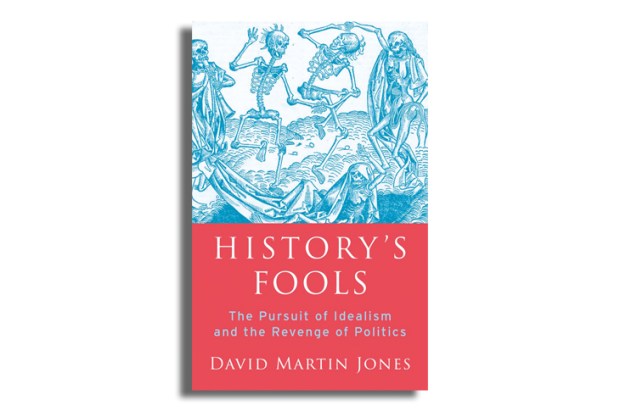




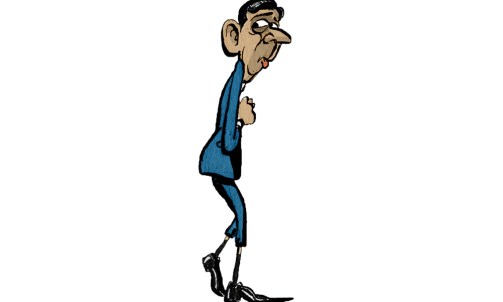

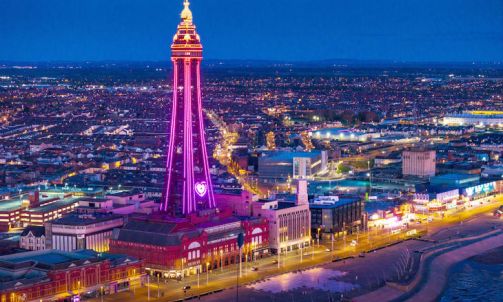
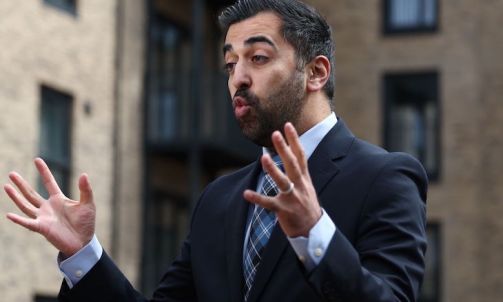

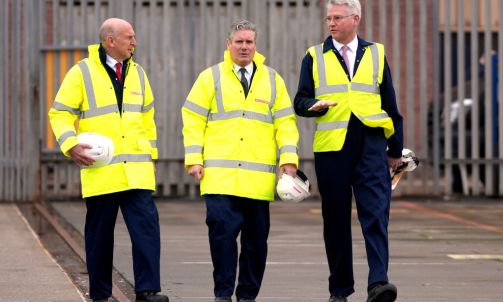






Comments
Don't miss out
Join the conversation with other Spectator Australia readers. Subscribe to leave a comment.
SUBSCRIBEAlready a subscriber? Log in